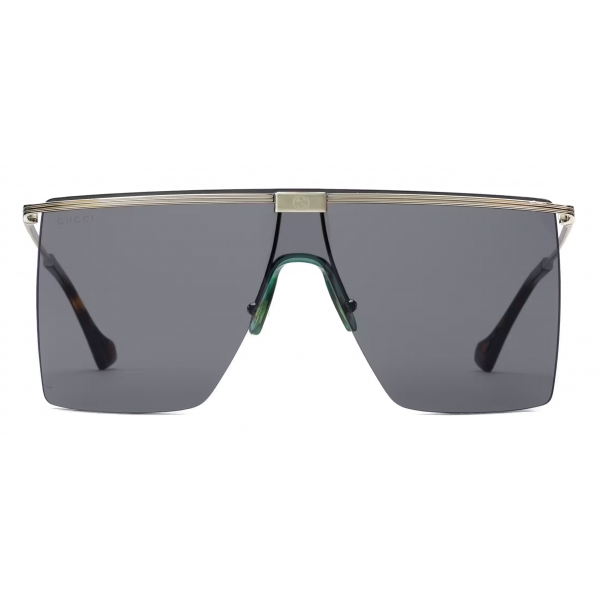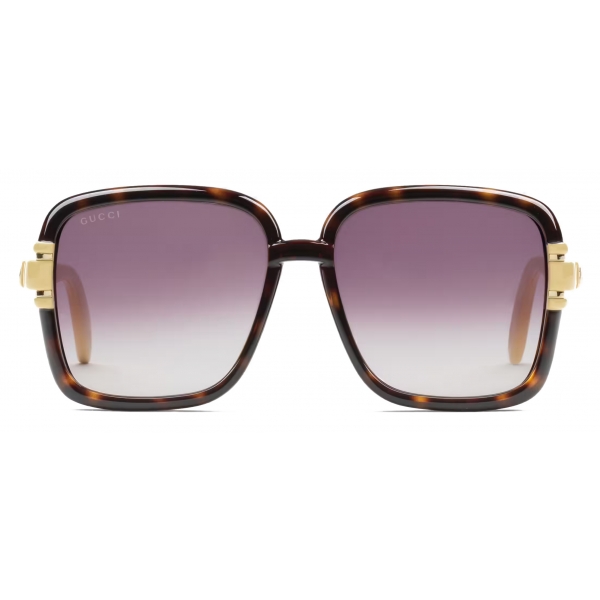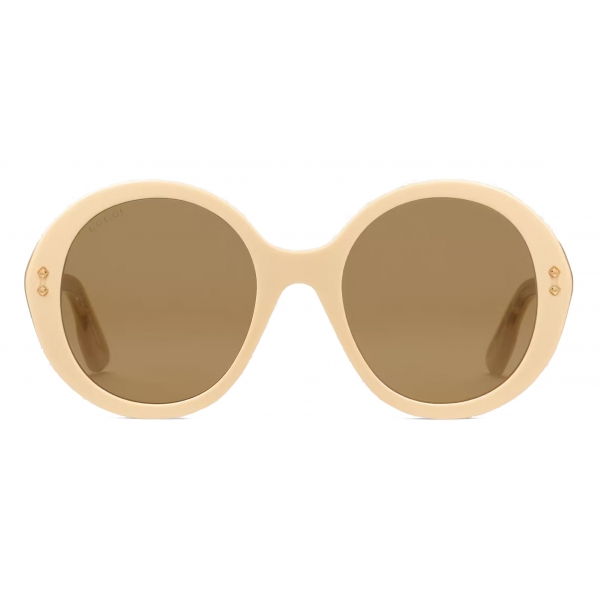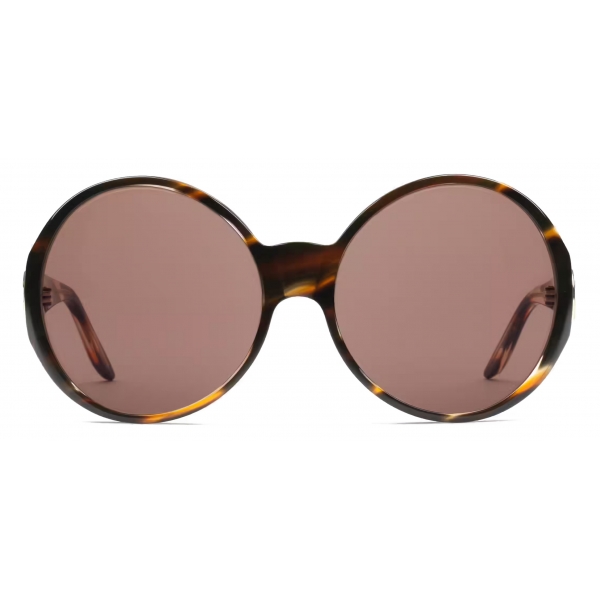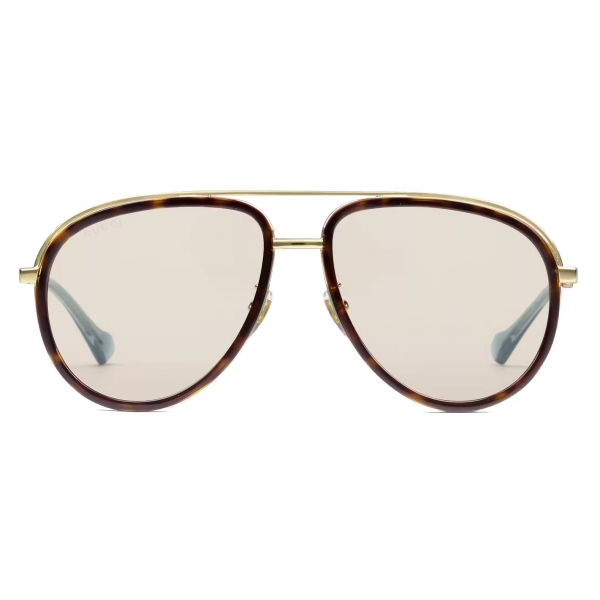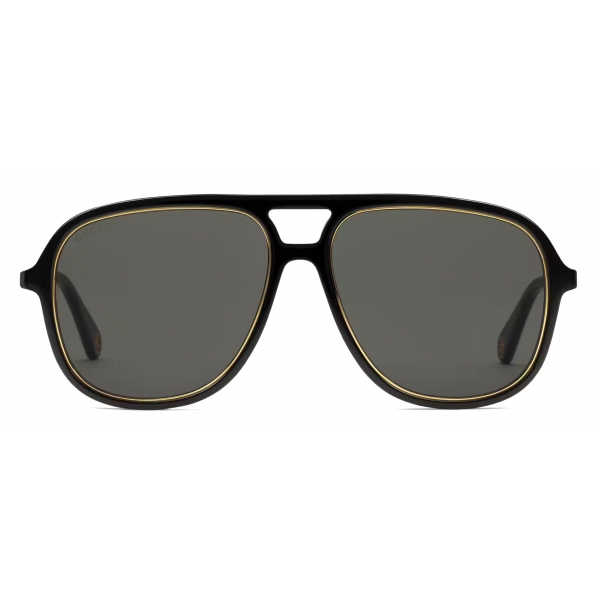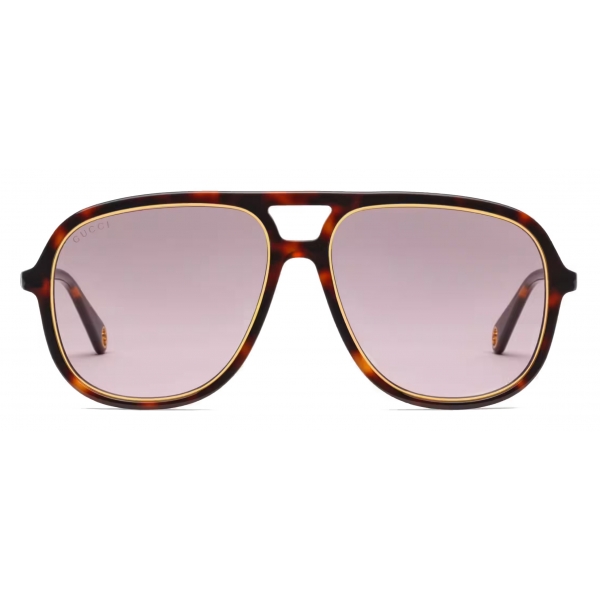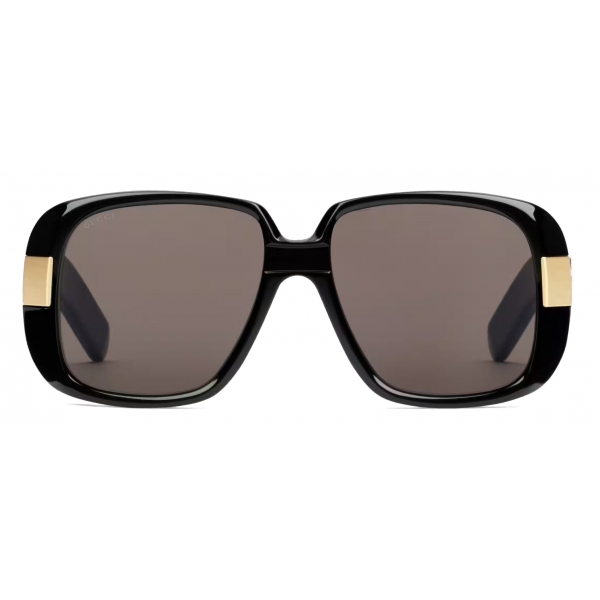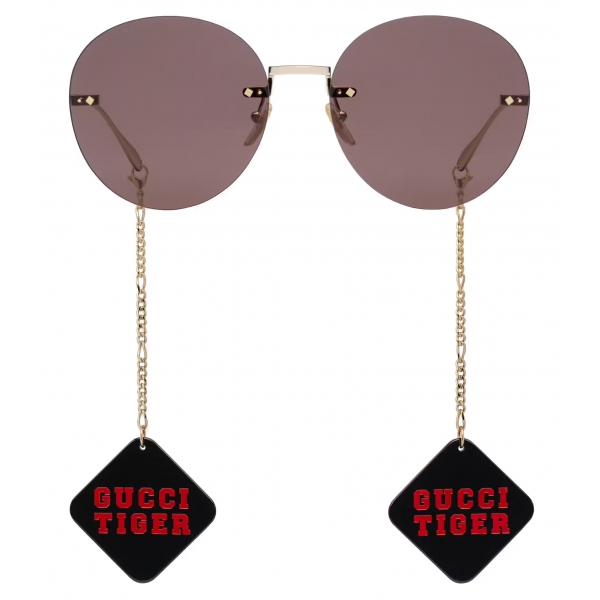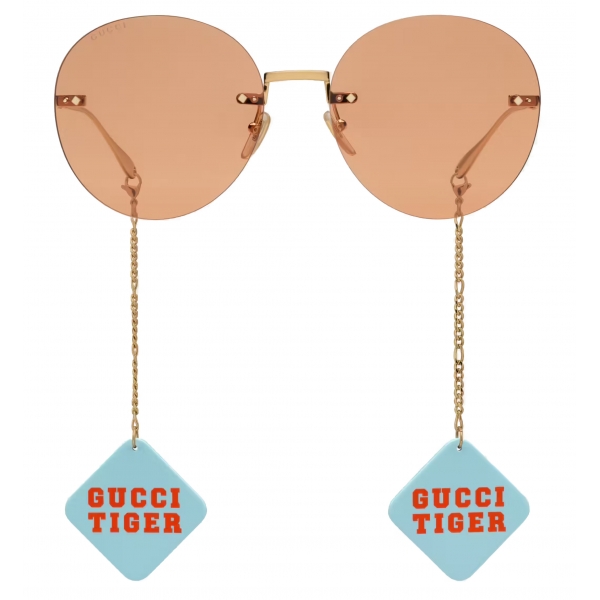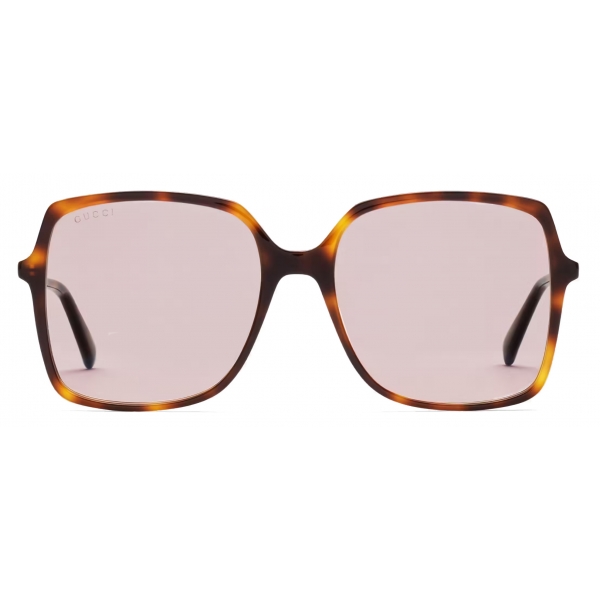No products
Categories
- Fashion Accessories
- Clothing
- Beauty & Lifestyle
-
Hi-Tech & Lifestyle
- Gaming
-
Case
- iPhone 11 Pro
- iPhone 11 Pro Max
- iPhone 11
- iPhone X / XS
- iPhone XS Max
- Samsung S10 / S10+ / S10e
- Huawei P30 / P30 Pro / P30 Lite
- Huawei P20 / P20 Pro / P20 Lite
- iPhone XR
- Samsung S9
- Samsung S9+
- iPhone 8 / 7
- iPhone 8 Plus / 7 Plus
- Samsung S8
- Samsung S8+
- Samsung S7
- Samsung S7 Edge
- iPhone 6 / 6 s
- iPhone 6 Plus / 6 s Plus
- iPhone 5 / SE
- Skin
- Audio
- Smart Home
- Drones & Hoverboard
- Photo & Video
- Desk Supplies
- Accessories
- Games
- Beverages
- Food
- Home
- Jewelry
- Luxury
- Travel
- Art
- Footwear
- Vintage Fashion
- Restaurants
- Sport
- Animals
- Gift Ideas
Extra
Gucci Eyewear
A New Definition of Luxury

History

Guccio Gucci, born in 1881, nurtured the desire to unite the skilled Italian artisans with that sophisticated and typically English vision of luxury that he had enjoyed during his employment at the Savoy Hotel in London.
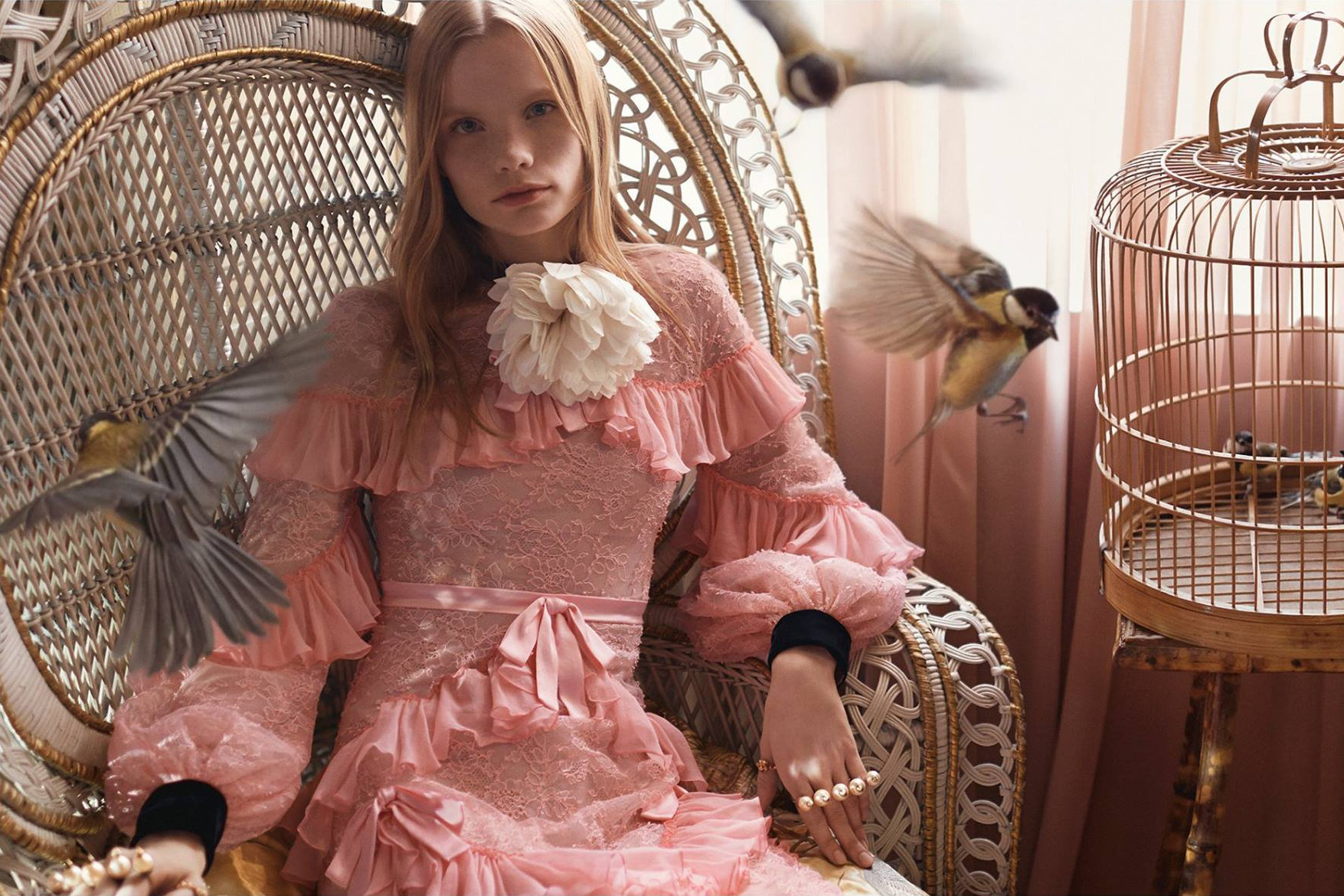
After working for the company Franzi in Milan, he founded a leather goods company in Florence in 1921 with a luggage shop.
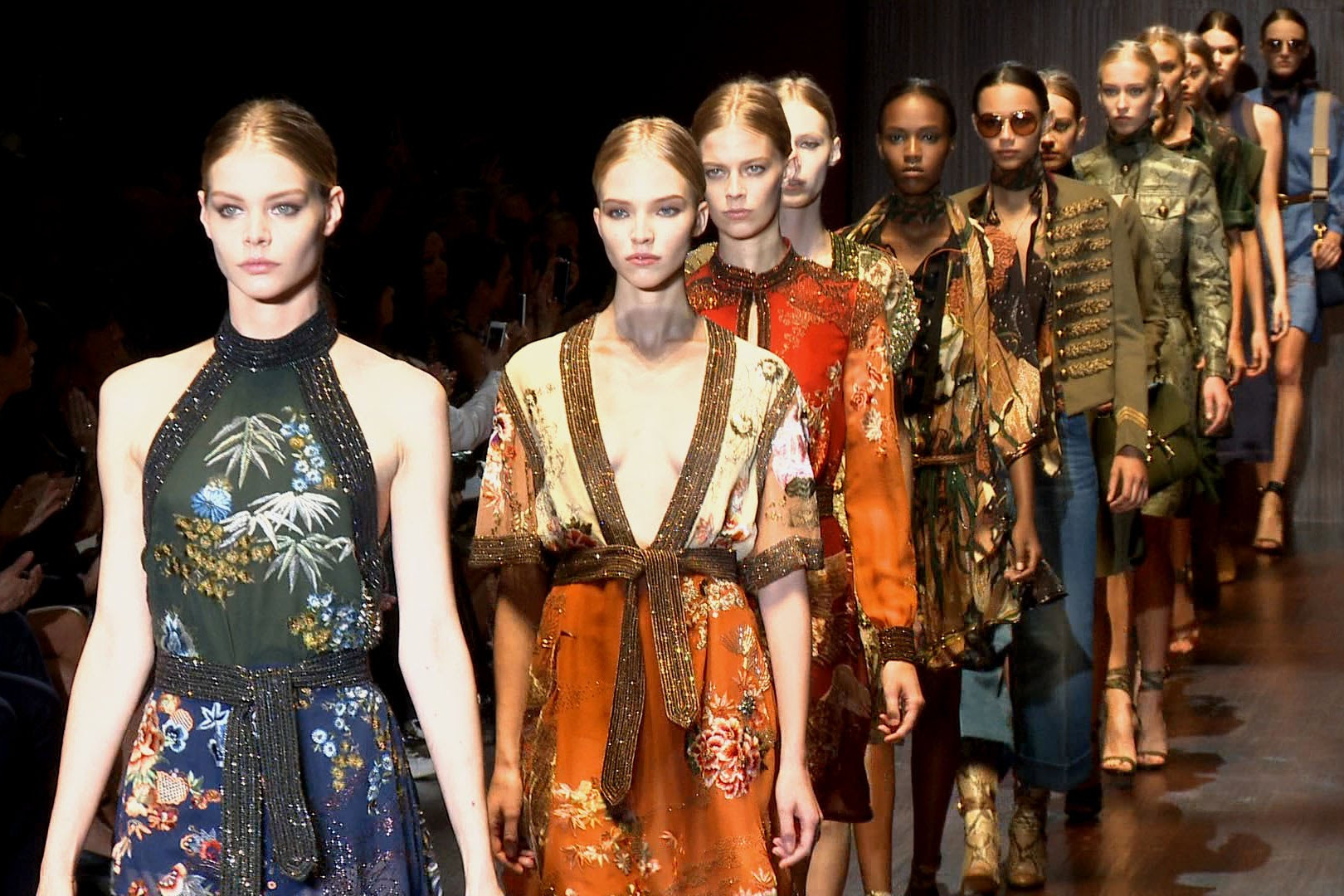
In the 30s, his gloves, belts, suitcases and trunks were the exclusive Italian souvenir, ideal for ladies of the beautiful international world.

Riding articles, from which the iconic elements of the clamp and the bracket were taken over in the 50s, represented the right mix between accuracy of details and exquisite workmanship.
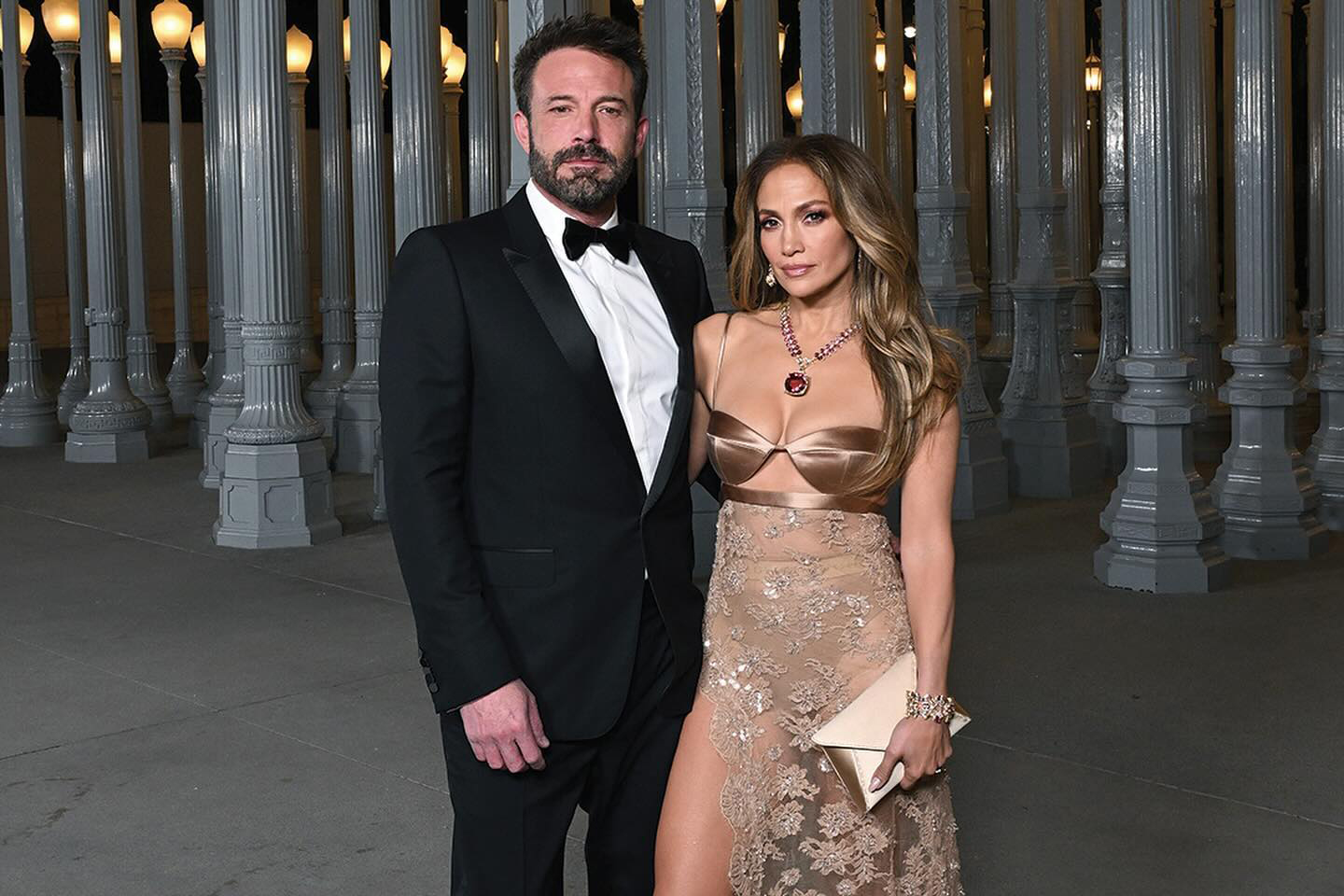
The autarchic years of the fascist dictatorship were unscathed, when the Gucci production had to fall back on hemp, on which the diamond, jute and linen motif was woven, the brand showed a strong rise, so much so that in 1938 the Roman boutique was inaugurated in Via Condotti.

In the shortage of post-war materials, in 1947 an iconic bag was created for Gucci, the Bamboo, with the handle of the same material, dark and folded, with the same closure.
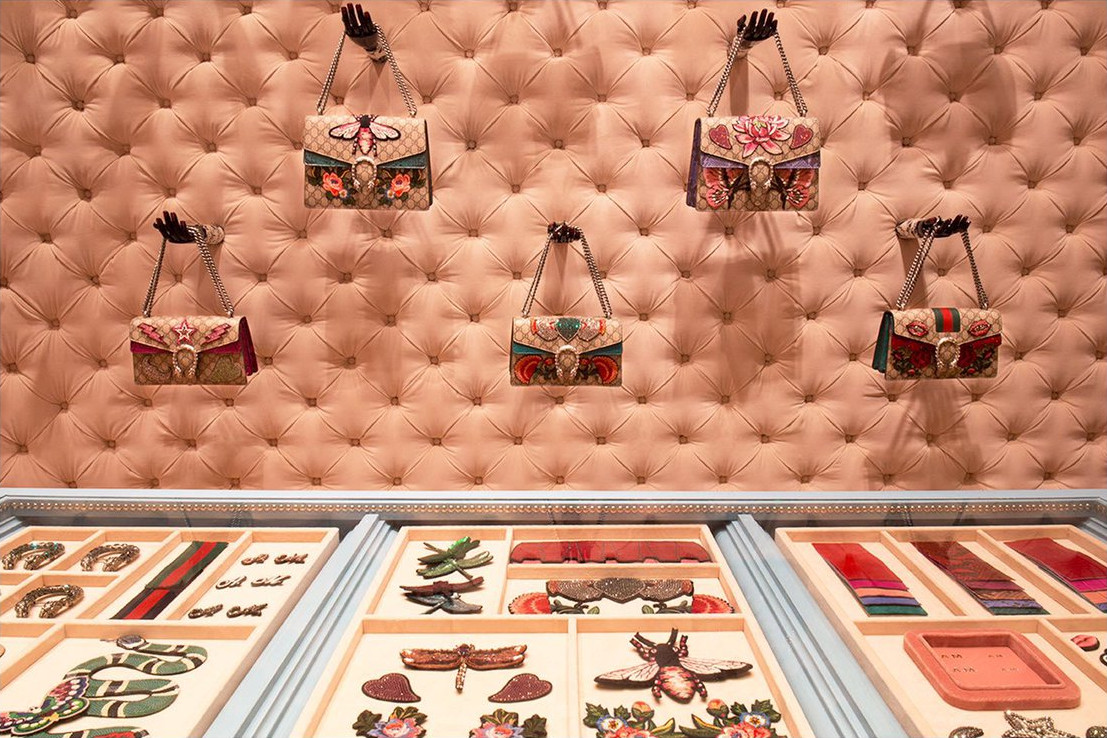
Meanwhile, the brand had become synonymous with luxury and quality, the label was successful overseas, when in addition to Milan was opened the first store in New York.
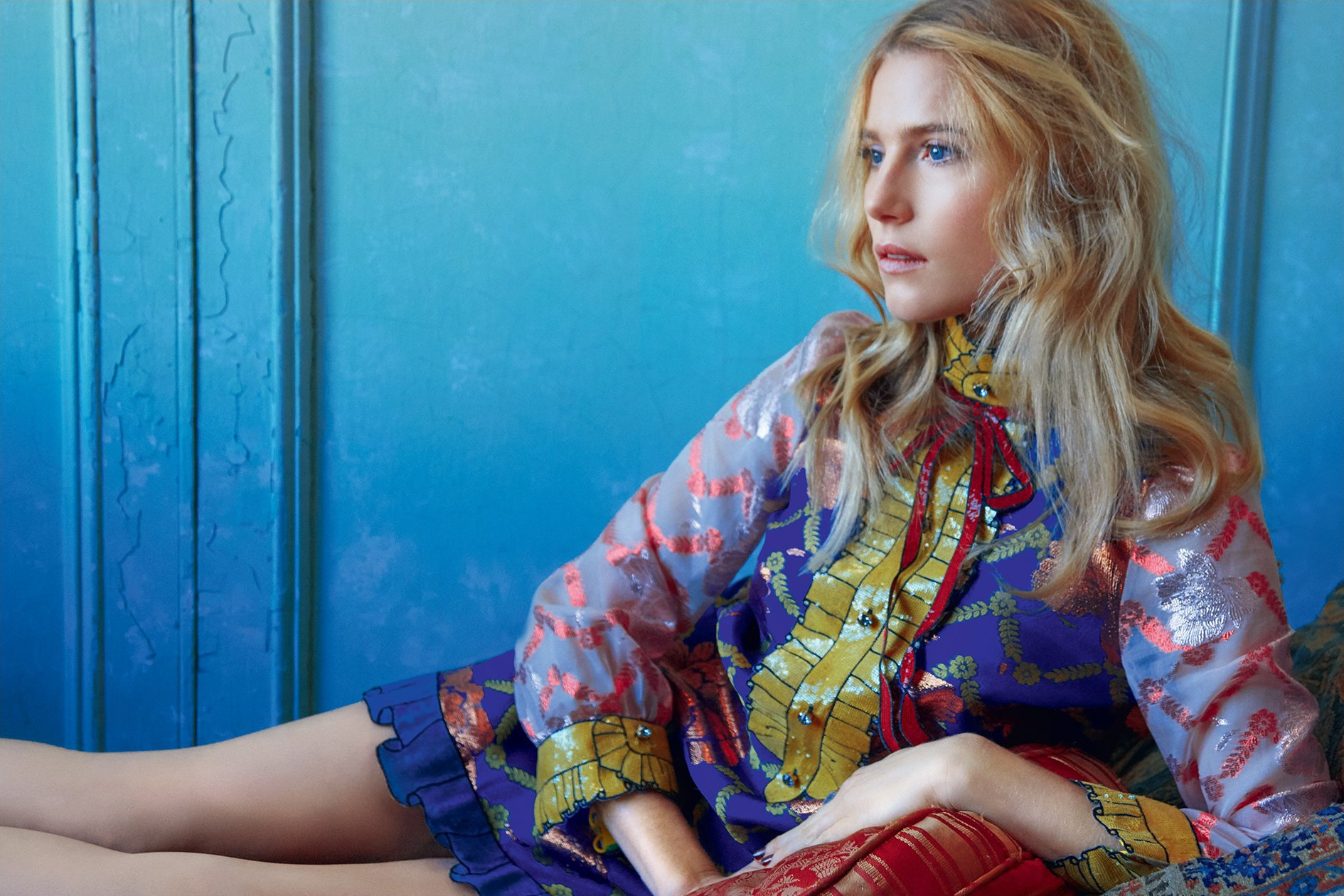
In the same period, the Fifties, the green-red-green striped texture was elaborated and, subsequently, also blue-red-blue, in cotton or wool, inspired by the flank billet of the saddles.
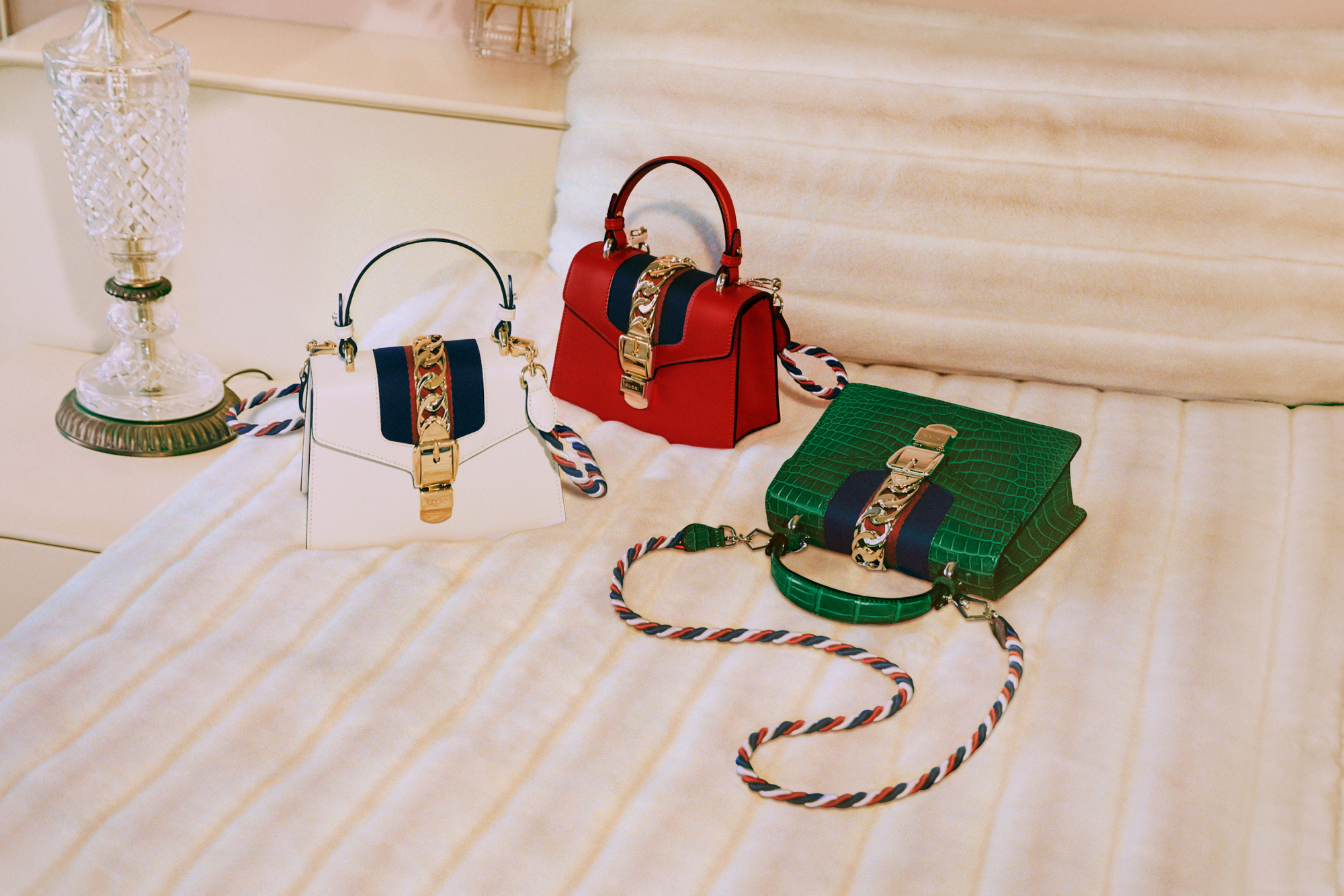
After the death of the founder in 1953, the reins of the brand passed to his sons Aldo, Vasco, Ugo and Rodolfo who contributed intensely to the development of the fashion house. Gucci boutiques were growing all over the world: London, Palm Beach, Paris and Beverly Hills, then Chicago and the East from the 70s.

That combination of the international jet set world and the maison began, which would have decreed some Gucci accessories as icons of our times.

Jackie Kennedy used to use a model of a shoulder bag with a clasp closure and a central weft, since then better known as "Jackie O".

Audrey Hepburn, Maria Callas and the Duchess of Windsor wore Gucci products, while Elisabeth Taylor or Samuel Beckett preferred the unisex "Hobo" bag.

It belongs to the mid-1960s the iconic symbol of the two crossed Gs, used to close the bags and then, in monogram, on a cotton canvas called GG Canvas. In the 70s the development of prêt-à-porter took place, favored by the opening of a large factory in Scandicci.
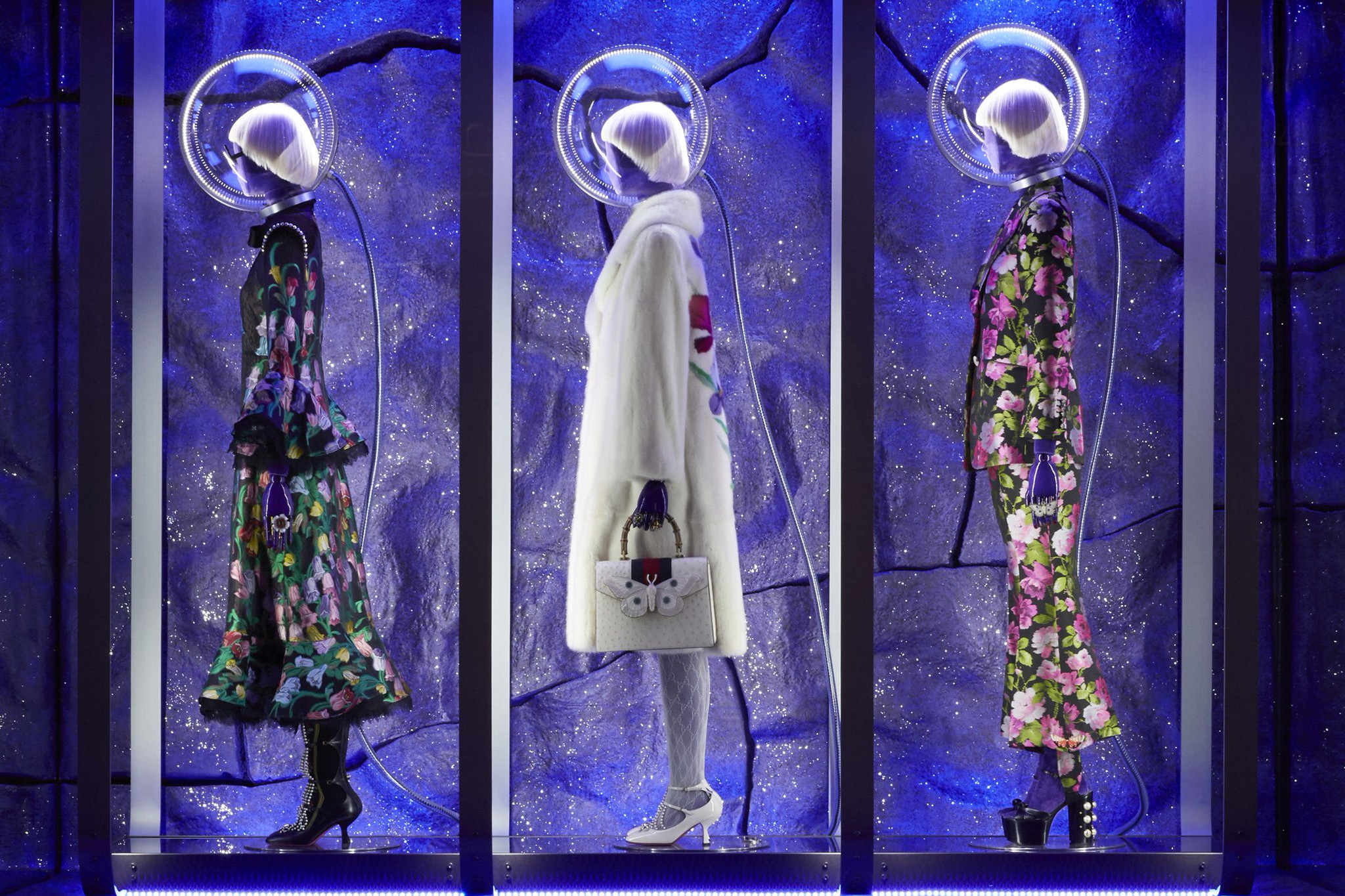
Silk shirts on which the two G logo was printed or with red and blue Gucci motif crossed with horsebit. While jackets with logo buttons or precious reptile overcoats were the must have of the fashion house.
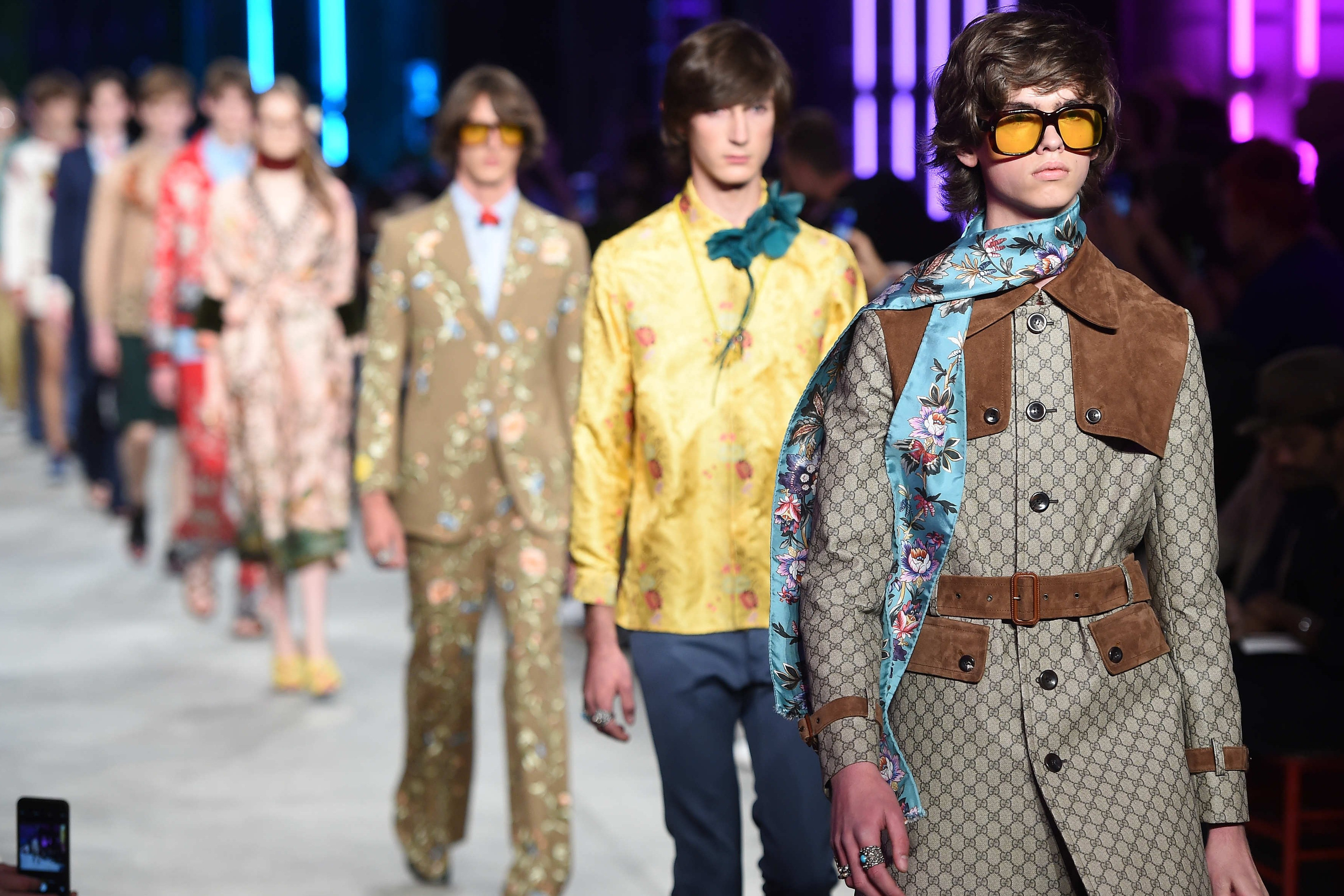
In 1981 Gucci staged his first fashion show in Florence, and the year after the house was handed over to Maurizio, Rodolfo's son. Meanwhile, another cult piece, the moccasin with the clamp, the classic loafer, was added to the permanent collection of the Costume Institute of the Metropolitan Museum in New York.
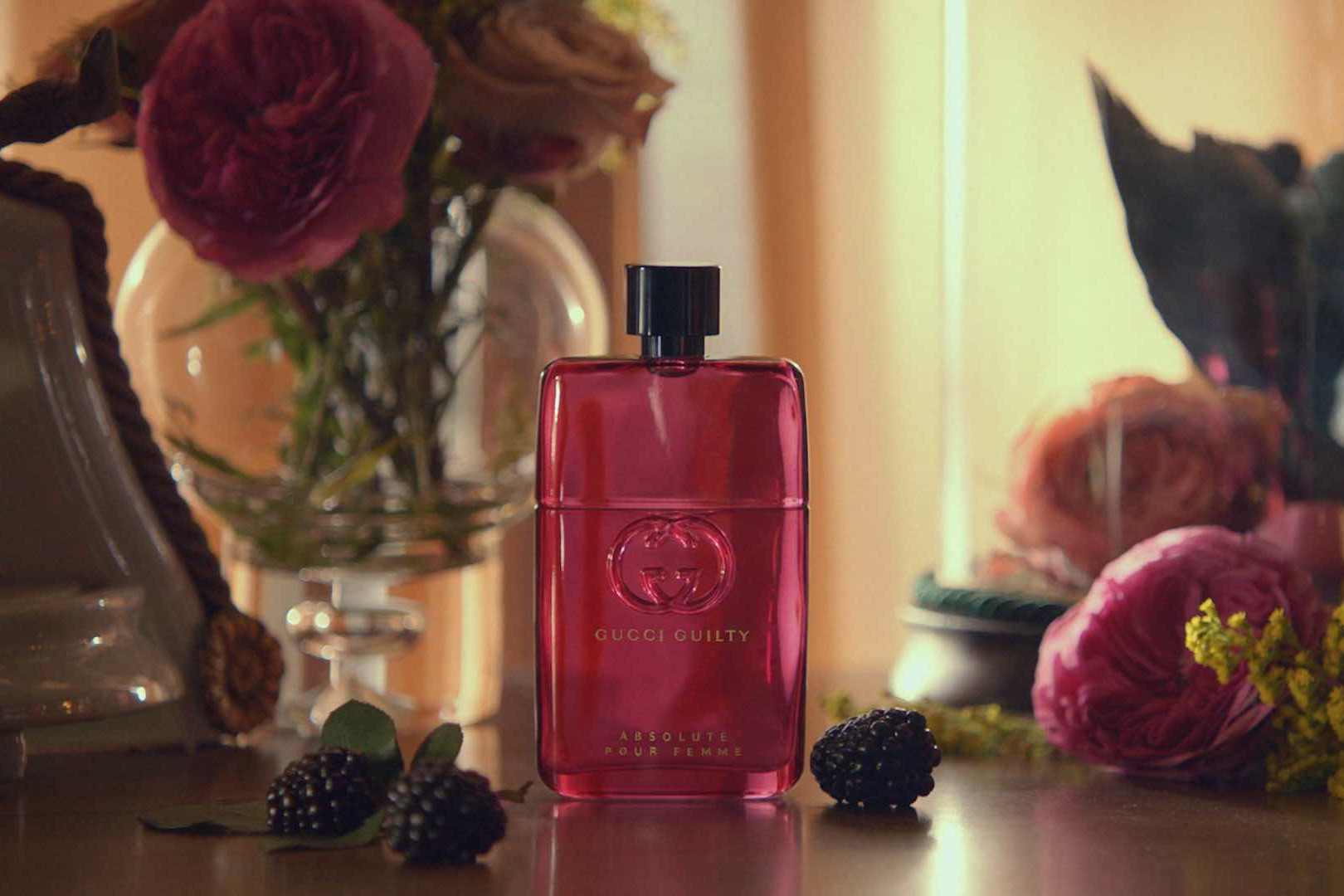
After the transfer in 1993 of his shareholding to the Anglo-Arab company Investcorp, Maurizio exits the company which, after being listed on the stock market in 1995, is rewarded for his performances as the best European company in 1998.
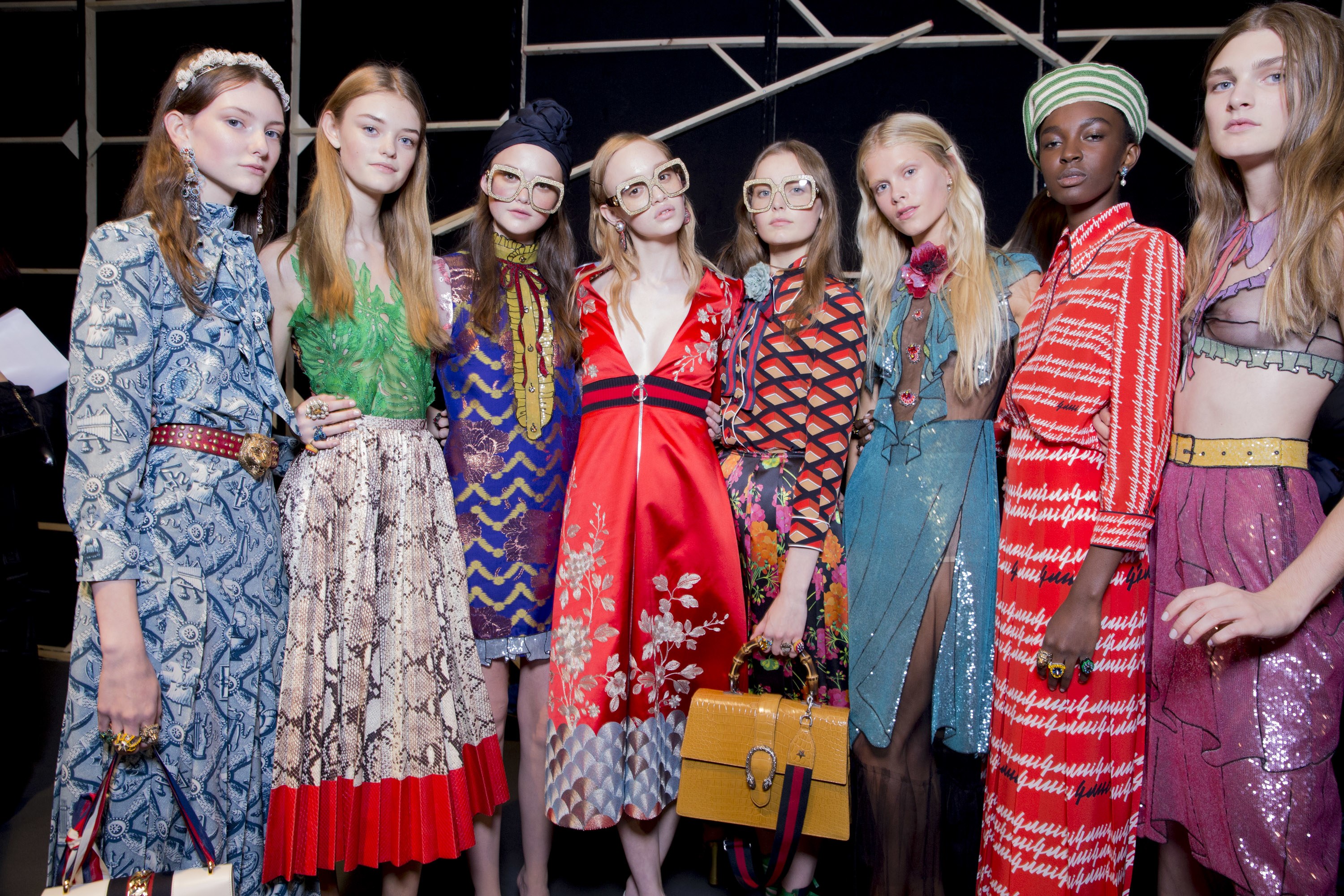
In the second half of the Nineties, the luster of the label was rediscovered thanks to the duo Domenico De Sole - Tom Ford. The former, managing director since 1995, the second became creative director of Gucci in 1994, after taking care of the women's line.

For the next ten years, he built into the company’s traditional image a provocative and bold style that immediately echoed throughout the world of fashion. Pointed heels and low-cut dresses in jersey with metal detailing instantly became the symbol of Tom Ford’s seductive and glamorous vision.
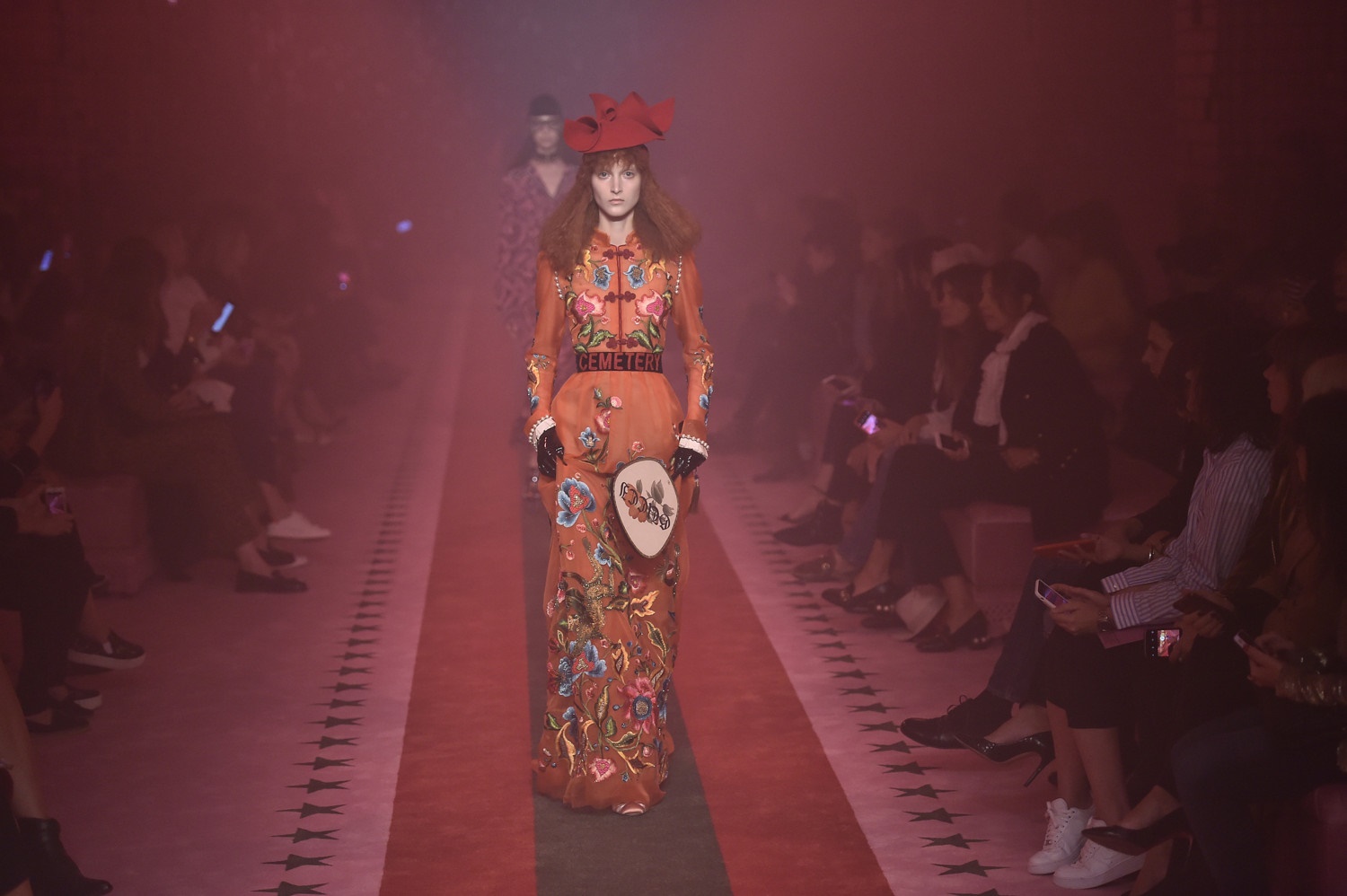
After Tom Ford’s departure from the fashion house in 2004, former director of the brand’s accessory line Frida Giannini was promoted to the company’s sole creative director in 2006.
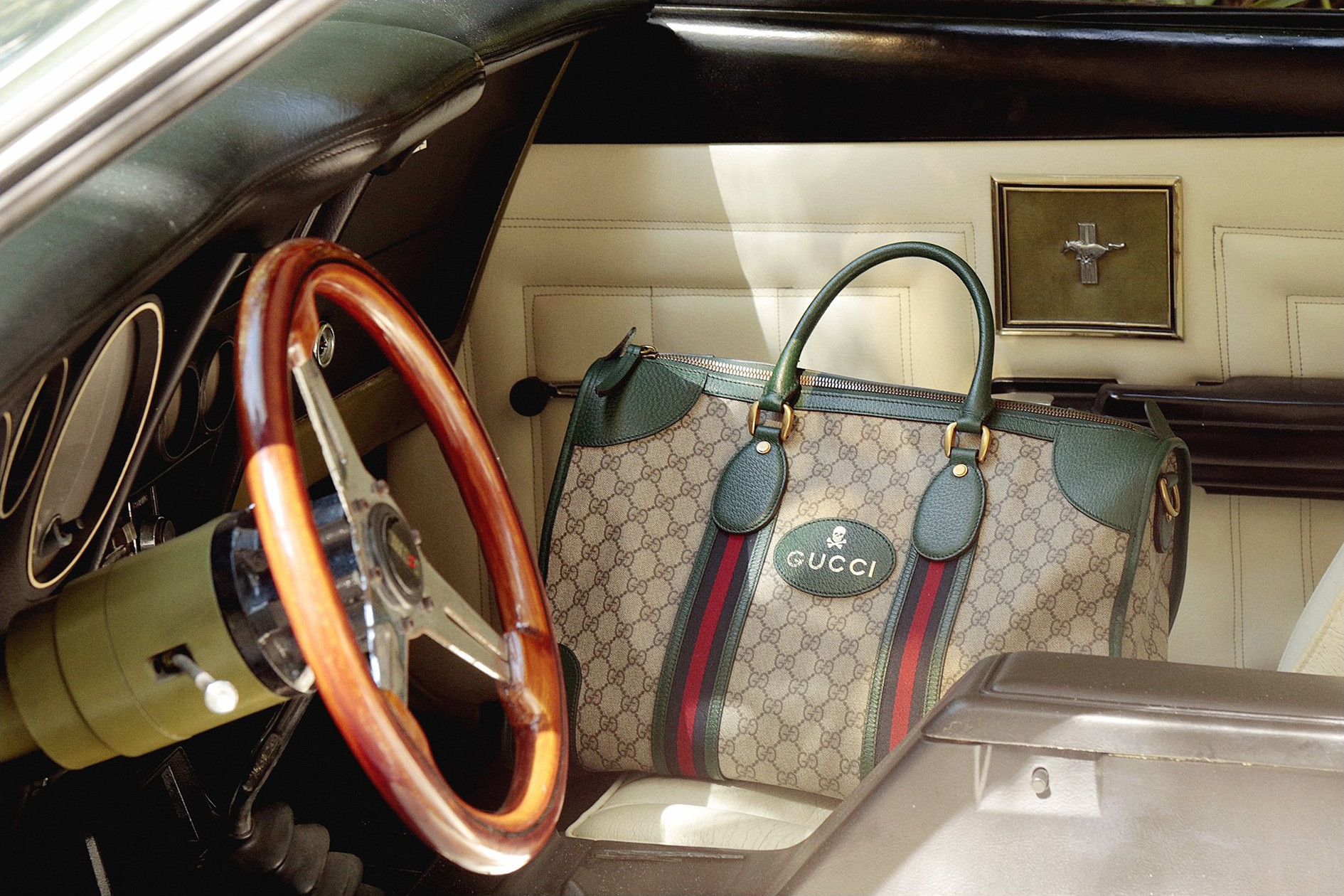
The designer reinterpreted the heritage that her predecessors established creating a fusion of past and present, of history and modernity.
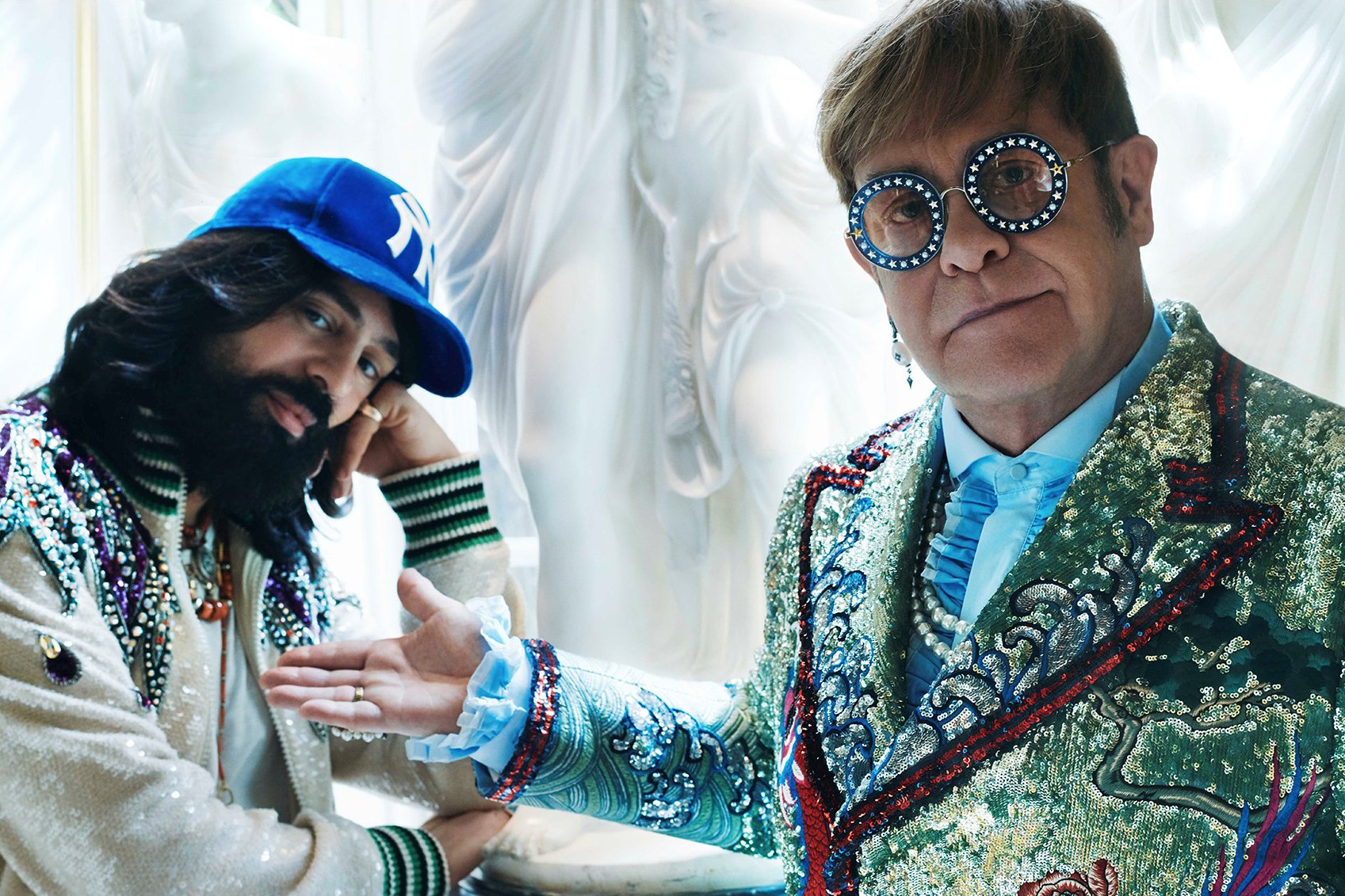
Influential, innovative and progressive, Gucci is reinventing a wholly modern approach to fashion.

Under the new vision of creative director Alessandro Michele, the House has redefined luxury for the 21st century, further reinforcing its position as one of the world’s most desirable fashion houses.
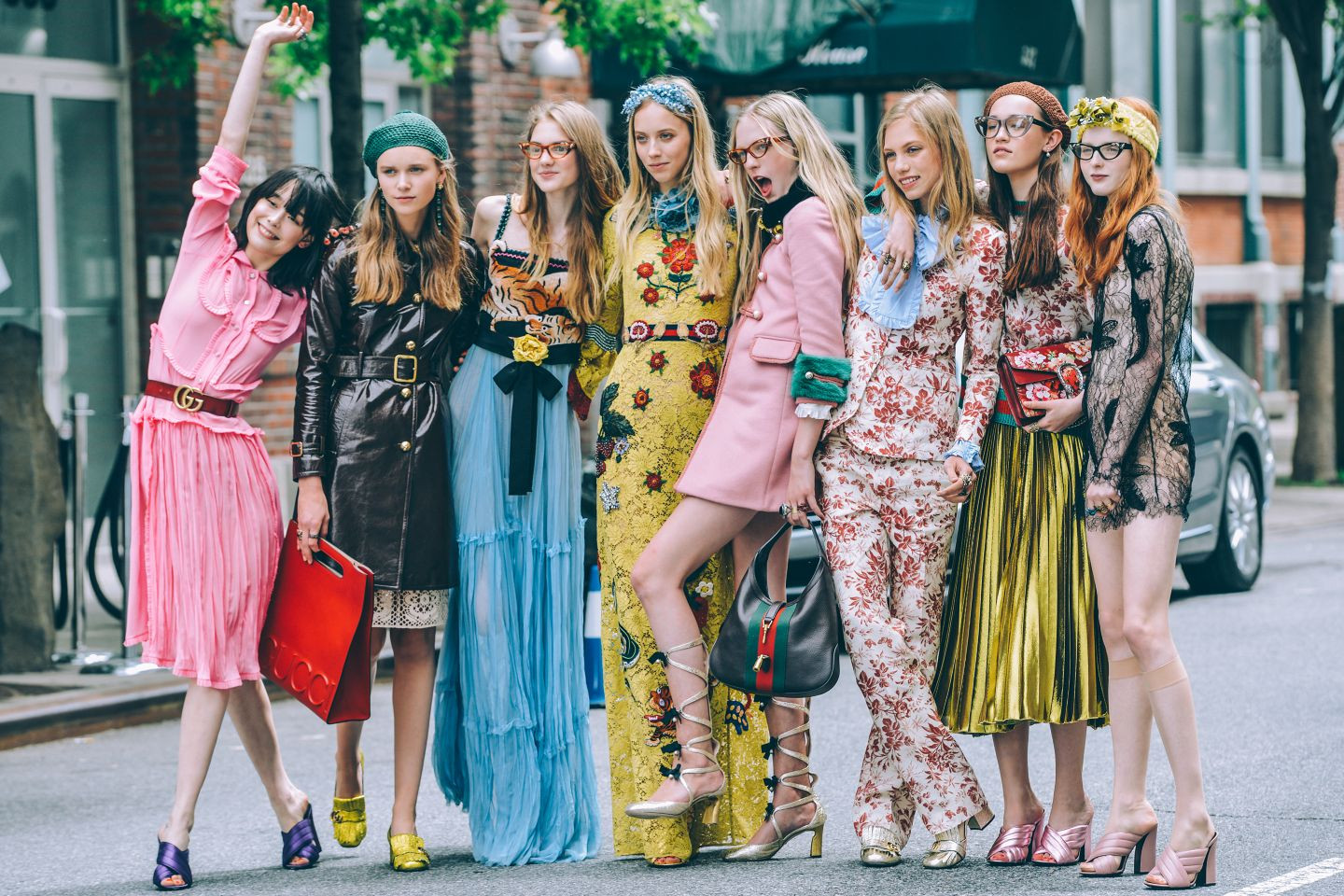
Eclectic, contemporary, romantic, Gucci products represent the pinnacle of Italian craftsmanship and are unsurpassed for their quality and attention to detail.
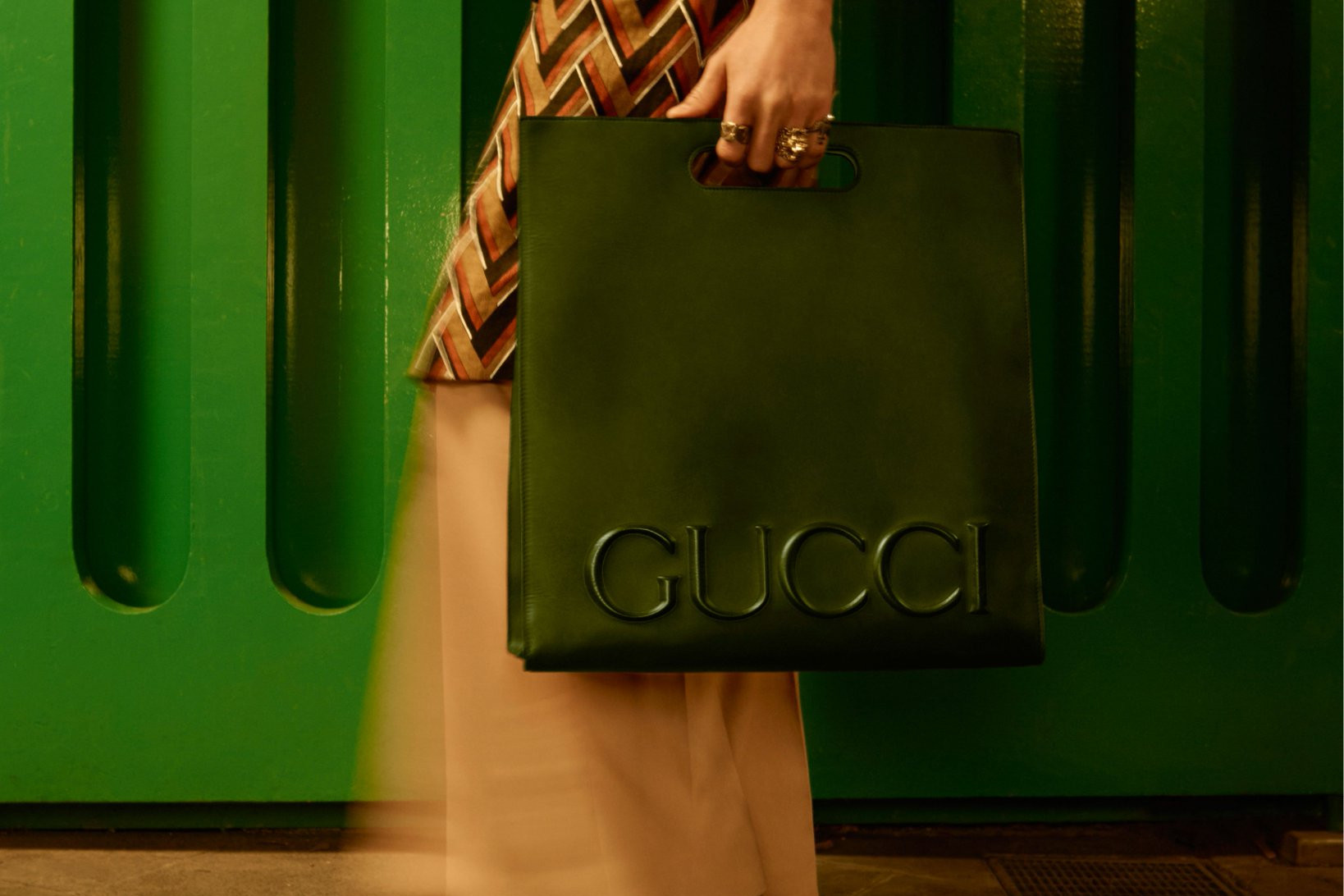
Products Gucci Eyewear
Products Gucci
Gucci Eyewear
A New Definition of Luxury

History

Guccio Gucci, born in 1881, nurtured the desire to unite the skilled Italian artisans with that sophisticated and typically English vision of luxury that he had enjoyed during his employment at the Savoy Hotel in London.

After working for the company Franzi in Milan, he founded a leather goods company in Florence in 1921 with a luggage shop.

In the 30s, his gloves, belts, suitcases and trunks were the exclusive Italian souvenir, ideal for ladies of the beautiful international world.

Riding articles, from which the iconic elements of the clamp and the bracket were taken over in the 50s, represented the right mix between accuracy of details and exquisite workmanship.

The autarchic years of the fascist dictatorship were unscathed, when the Gucci production had to fall back on hemp, on which the diamond, jute and linen motif was woven, the brand showed a strong rise, so much so that in 1938 the Roman boutique was inaugurated in Via Condotti.

In the shortage of post-war materials, in 1947 an iconic bag was created for Gucci, the Bamboo, with the handle of the same material, dark and folded, with the same closure.

Meanwhile, the brand had become synonymous with luxury and quality, the label was successful overseas, when in addition to Milan was opened the first store in New York.

In the same period, the Fifties, the green-red-green striped texture was elaborated and, subsequently, also blue-red-blue, in cotton or wool, inspired by the flank billet of the saddles.

After the death of the founder in 1953, the reins of the brand passed to his sons Aldo, Vasco, Ugo and Rodolfo who contributed intensely to the development of the fashion house. Gucci boutiques were growing all over the world: London, Palm Beach, Paris and Beverly Hills, then Chicago and the East from the 70s.

That combination of the international jet set world and the maison began, which would have decreed some Gucci accessories as icons of our times.

Jackie Kennedy used to use a model of a shoulder bag with a clasp closure and a central weft, since then better known as "Jackie O".

Audrey Hepburn, Maria Callas and the Duchess of Windsor wore Gucci products, while Elisabeth Taylor or Samuel Beckett preferred the unisex "Hobo" bag.

It belongs to the mid-1960s the iconic symbol of the two crossed Gs, used to close the bags and then, in monogram, on a cotton canvas called GG Canvas. In the 70s the development of prêt-à-porter took place, favored by the opening of a large factory in Scandicci.

Silk shirts on which the two G logo was printed or with red and blue Gucci motif crossed with horsebit. While jackets with logo buttons or precious reptile overcoats were the must have of the fashion house.

In 1981 Gucci staged his first fashion show in Florence, and the year after the house was handed over to Maurizio, Rodolfo's son. Meanwhile, another cult piece, the moccasin with the clamp, the classic loafer, was added to the permanent collection of the Costume Institute of the Metropolitan Museum in New York.

After the transfer in 1993 of his shareholding to the Anglo-Arab company Investcorp, Maurizio exits the company which, after being listed on the stock market in 1995, is rewarded for his performances as the best European company in 1998.

In the second half of the Nineties, the luster of the label was rediscovered thanks to the duo Domenico De Sole - Tom Ford. The former, managing director since 1995, the second became creative director of Gucci in 1994, after taking care of the women's line.

For the next ten years, he built into the company’s traditional image a provocative and bold style that immediately echoed throughout the world of fashion. Pointed heels and low-cut dresses in jersey with metal detailing instantly became the symbol of Tom Ford’s seductive and glamorous vision.

After Tom Ford’s departure from the fashion house in 2004, former director of the brand’s accessory line Frida Giannini was promoted to the company’s sole creative director in 2006.

The designer reinterpreted the heritage that her predecessors established creating a fusion of past and present, of history and modernity.

Influential, innovative and progressive, Gucci is reinventing a wholly modern approach to fashion.

Under the new vision of creative director Alessandro Michele, the House has redefined luxury for the 21st century, further reinforcing its position as one of the world’s most desirable fashion houses.

Eclectic, contemporary, romantic, Gucci products represent the pinnacle of Italian craftsmanship and are unsurpassed for their quality and attention to detail.

Products Gucci Eyewear
Products Gucci
-
Gucci - Mask Frame Sunglasses - Silver - Gucci Eyewear
This bold and futuristic mask design is characterized by a silver-toned metal frame featuring the emblematic Interlocking G. The logo continues to be a distinguishing feature of Gucci's collections, paired here with Gucci lettering along the temples, the style has a distinct logo feel.
331,50 € 390,00 € -15%Reduced price ! -
Gucci - Square Frame Sunglasses - Black - Gucci Eyewear
Crafted from black injection, this pair of sunglasses takes inspiration from '60s styles with oversized square-frames. A green and red Web detail features on the front—a nod to the House's equestrian heritage, while the signature Interlocking G appears in gold as a subtle detail on the side.
229,50 € 270,00 € -15%Reduced price ! -
Gucci - Square Frame Sunglasses - Tortoiseshell - Gucci Eyewear
Crafted from tortoiseshell injection, this pair of sunglasses takes inspiration from '60s styles with oversized square-frames. A green and red Web detail features on the front—a nod to the House's equestrian heritage, while the signature Interlocking G appears in gold as a subtle detail on the side.
229,50 € 270,00 € -15%Reduced price ! -
Gucci - Round Frame Sunglasses - Butter - Gucci Eyewear
Echoing styles seen throughout the 1940s, when sunglasses design experimented with maximalist versions of the classic round frame. Here, the butter yellow acetate construction is enriched with Gucci rivets and a subtle logo detail along the temples.
263,50 € 310,00 € -15%Reduced price ! -
Gucci - Round Frame Sunglasses - Tortoiseshell - Gucci Eyewear
Classic, round-frame sunglasses, crafted from tortoiseshell acetate. The tapered temples are decorated by an oversized Interlocking G. The emblem continues to be a distinguishing feature of Gucci's collections, enriching styles with a distinct logo feel.
297,50 € 350,00 € -15%Reduced price ! -
Gucci - Aviator Sunglasses - Tortoiseshell - Gucci Eyewear
These aviator-shaped gold-toned metal sunglasses channel the collection's retro influences, enriched further by a dark tortoiseshell acetate rim and metal bar. The subtle enamel Web detail across the top is a symbolic emblem of the House—combined with Gucci lettering along the temples, the design is imbued with an understated logo feel.
314,50 € 370,00 € -15%Reduced price ! -
Gucci - Navigator Sunglasses - Black - Gucci Eyewear
The gold-metal chain is the defining element of these navigator-frame sunglasses, crafted from shiny black acetate with a contrasting rim. The Interlocking G, an emblem of the House logo, appears as a detail on the temples, enhancing the style's retro mood.
365,50 € 430,00 € -15%Reduced price ! -
Gucci - Round Frame Sunglasses - Pink - Gucci Eyewear
Classic, round-frame sunglasses, crafted from pink acetate. The tapered temples are decorated by an oversized Interlocking G. The emblem continues to be a distinguishing feature of Gucci's collections, enriching styles with a distinct logo feel.
297,50 € 350,00 € -15%Reduced price ! -
Gucci - Navigator Sunglasses - Tortoiseshell - Gucci Eyewear
The gold-metal chain is the defining element of these navigator-frame sunglasses, crafted from shiny tortoiseshell acetate with a playful pink lens. The Interlocking G, an emblem of the House logo, appears as a detail on the temples, enhancing the style's retro mood.
365,50 € 430,00 € -15%Reduced price ! -
Gucci - Gucci Pineapple Rectangular-Frame Sunglasses - Black Yellow - Gucci...
Crafted from black acetate, these rectangular-frame sunglasses are characterized by a shiny gold-toned metal plate on the frame and bold Gucci lettering along the side of the temples. A light yellow lens completes the style with a retro touch.
408,00 € 480,00 € -15%Reduced price ! -
Gucci - Gucci Pineapple Rectangular-Frame Sunglasses - Black Grey - Gucci...
Crafted from black acetate, these rectangular-frame sunglasses are characterized by a shiny gold-tone metal plate on the frame and bold Gucci lettering along the side of the temples. A solid grey lens completes the style.
408,00 € 480,00 € -15%Reduced price ! -
Gucci - Tiger Round-Frame Sunglasses with Pendant - Gold Brown - Gucci Eyewear
Gucci presents a pair of round-frame sunglasses with detachable elements that combine vintage and contemporary influences. The removable geometric charms channel the House's playful spirit with the Interlocking G on the front, while the dedicated 'Gucci Tiger' script appears on the back.
365,50 € 430,00 € -15%Reduced price ! -
Gucci - Tiger Round-Frame Sunglasses with Pendant - Gold Orange - Gucci Eyewear
Gucci presents a pair of round-frame sunglasses with detachable elements that combine vintage and contemporary influences. The removable geometric charms channel the House's playful spirit with the Interlocking G on the front, while the dedicated 'Gucci Tiger' script appears on the back.
365,50 € 430,00 € -15%Reduced price ! -
Gucci - Tiger Round-Frame Sunglasses with Pendant - Gold Orange - Gucci Eyewear
Gucci presents a pair of round-frame sunglasses with detachable elements that combine vintage and contemporary influences. The removable geometric charms channel the House's playful spirit with the Interlocking G on the front, while the dedicated 'Gucci Tiger' script appears on the back.
365,50 € 430,00 € -15%Reduced price ! -
Gucci - Aviator Frame Sunglasses - Grey - Gucci Eyewear
These aviator-shaped, grey metal sunglasses channel the collection's retro influences, enriched further by a black acetate rim and metal bar. The subtle enamel Web detail across the top is a symbolic emblem of the House—combined with Gucci lettering along the temples, the design is imbued with an understated logo feel.
314,50 € 370,00 € -15%Reduced price ! -
Gucci - Rectangular Frame Sunglasses - Tortoiseshell - Gucci Eyewear
These rectangular-shaped acetate sunglasses channel the collection's '70s influences, enriched further by the Interlocking G on the temples for a subtle logo feel. The style is characterized by a photochromic lens that turns from pink to burgundy when exposed to light, while the blue light filter helps protect the eyes.
246,50 € 290,00 € -15%Reduced price ! -
Gucci - Navigator Sunglasses - Tortoiseshell - Gucci Eyewear
A contemporary frame inspired by the '90s underground mood, these sunglasses feature a multilayered dark tortoiseshell construction. The contrasting green lens adds an element of the unexpected, while the Gucci logo appears as a detail on the upper part for a subtle design twist.
238,00 € 280,00 € -15%Reduced price ! -
Gucci - Navigator Sunglasses - Black - Gucci Eyewear
A contemporary frame inspired by the '90s underground mood, these sunglasses feature a multilayered amber and black acetate construction and a grey lens. The Gucci logo appears as a detail on the upper part adding a subtle design twist.
238,00 € 280,00 € -15%Reduced price ! -
Gucci - Specialized Fit Square Sunglasses with Web - Black - Gucci Eyewear
Square-shaped frames are contrasted by the heritage House Web in green and red along the temples. The Double G detail in a gold tone adds a subtle nod to the House's logo.
229,50 € 270,00 € -15%Reduced price ! -
Gucci - Round Frame Sunglasses - Tortoiseshell - Gucci Eyewear
Crafted from acetate, these round sunglasses are characterized by a shiny tortoiseshell front and Web striped enamel temples, while the Interlocking G appears as a logo detail. Each season, House codes and symbols are reimagined and reintroduced in creative new ways.
229,50 € 270,00 € -15%Reduced price ! -
Gucci - Round Frame Sunglasses - Black - Gucci Eyewear
Crafted from acetate, these round sunglasses are characterized by a shiny black front and Web striped enamel temples, while the Interlocking G appears as a logo detail. Each season, House codes and symbols are reimagined and reintroduced in creative new ways.
229,50 € 270,00 € -15%Reduced price !



